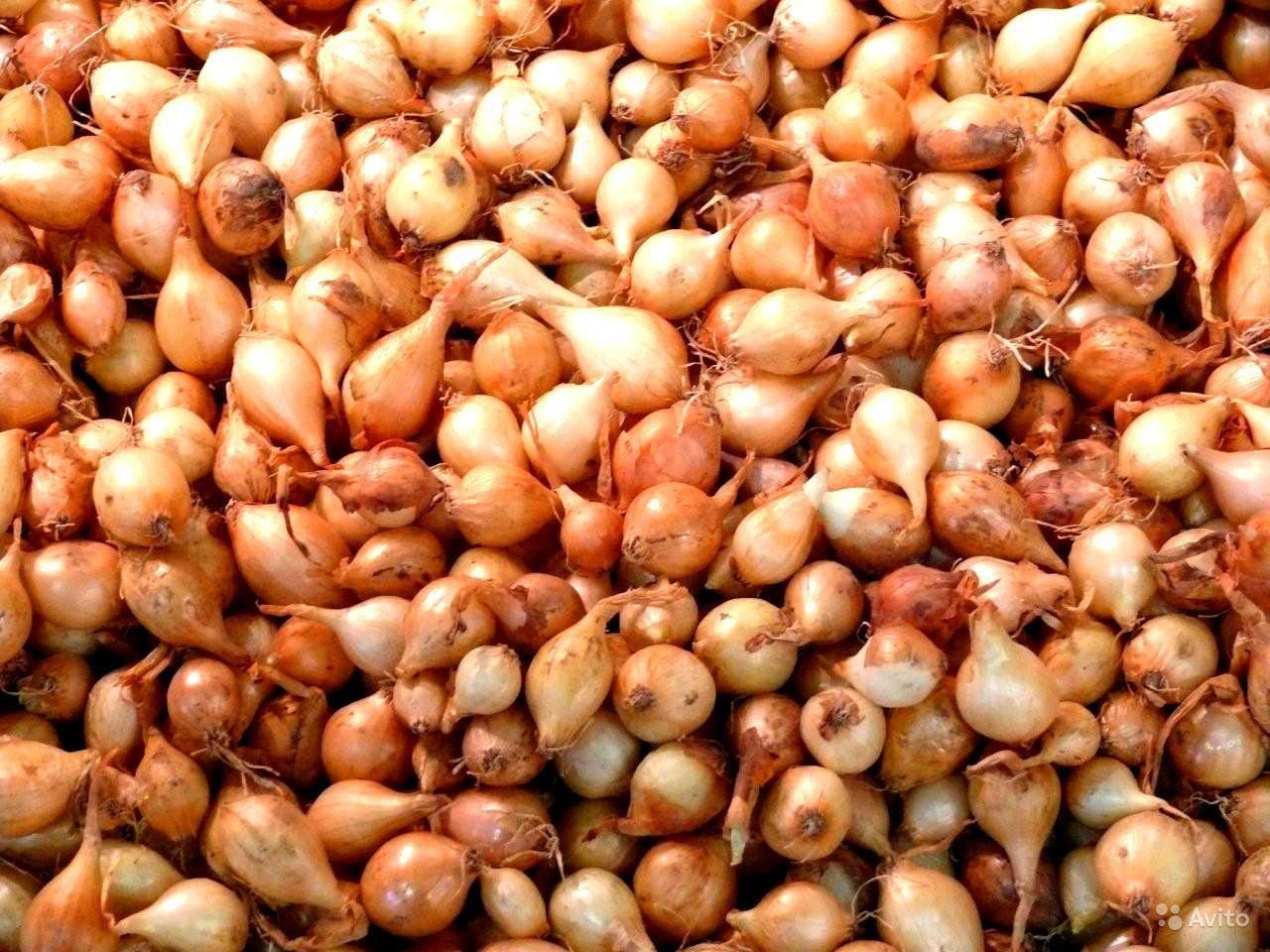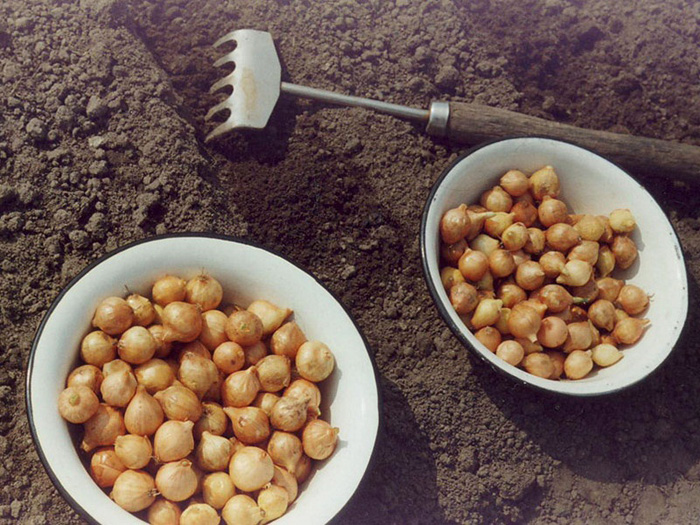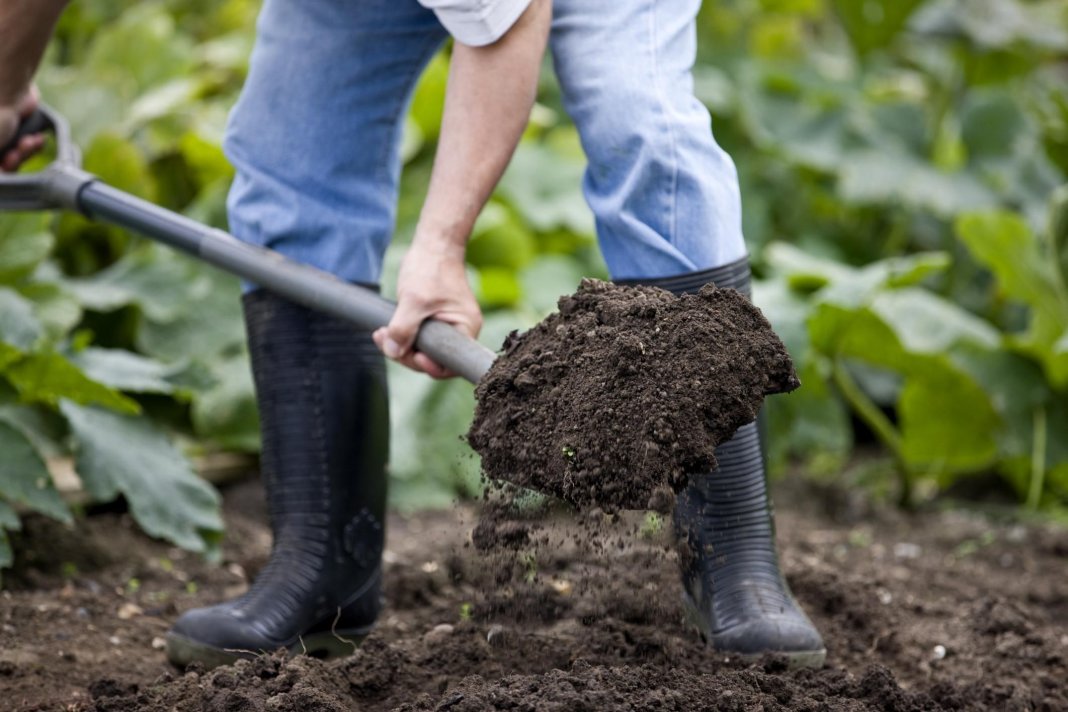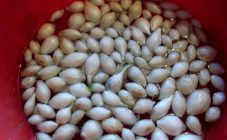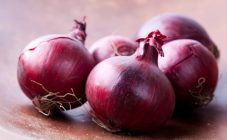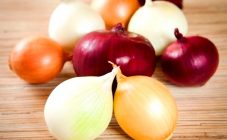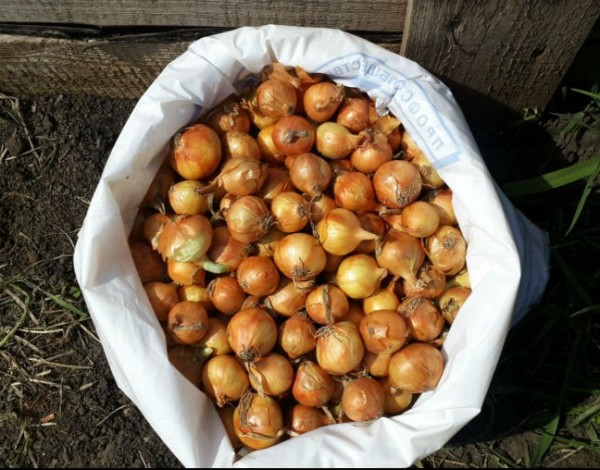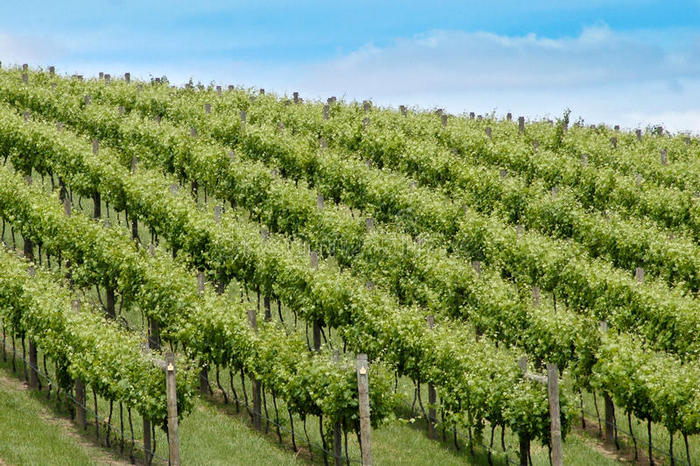Content:
In Russian cuisine, pies are baked with onions, pancakes are made, and first, meat, and vegetable dishes are prepared. To harvest a good harvest in the Moscow region, the timing of planting onion sets in the Moscow region is observed. They take into account the peculiarities of the climate, folk omens, the lunar calendar, the ripening period of the variety.
When to plant in spring
It is impossible to indicate the exact date when it is optimal to plant onion sets in spring without knowing the peculiarities of the region's climate and weather forecast for specific days. You can plan based on the climatic zone. So, in the south of the country, onions can be planted, starting from the first days of April, in the north - from the end of May, in the Moscow region the time of optimal planting of onion sets in spring is the period of late April-early May. But the year is different, and these terms are not final, because the soil may not have time to warm up, its temperature at a depth of 10 cm should be within +12 ° C, or spring will be early when you need to hurry to plant.
What frosts can a planted onion withstand in spring? Young seedlings are not afraid of the temperature drop to -1 ° С, adult plants - to minus temperatures of 3-5 ° С. Therefore, knowing the forecast for late frosts, there is no need to rush to planting, because the temperature can drop below the well-tolerated plant.
Why else do you need to choose the right landing time? If planting too early in late March or early April, the seed will go to the arrows and will be poorly stored. It is also highly likely to rot due to wet snow during a cold snap. When tightened with planting, the onion will go into the feather to the detriment of the development of the bulb, part of the ripening time will pass with a short daylight hours, this will negatively affect the keeping quality during storage.
Lunar calendar for planting onions in spring
Gardeners and vegetable growers, when choosing a planting date for certain crops, take into account the phase of the moon. The lunar calendar can be bought as a separate edition, it is printed in newspapers and magazines of the agricultural direction. You can do without it, just so as not to be mistaken, at what phase of the moon you can not plant onions, you should know that the forbidden days in all spring months are the full moon, the day before and the day after. Knowing this subtlety of the lunar calendar, the agrarians will not plant sevok even without it at a time when it is impossible to plant.
Undesirable, as well as favorable, in order to grow a large crop of seedlings, can be days when the moon began to wane or grow in different constellations. One cannot do without an astrological forecast.Moreover, astrologers recommend a different planting for growing onions on a feather and turnip.
Folk signs about the timing of planting onions
The most appropriate time to plant onions with seedlings according to folk omens is the 4-5th week of Lent in early spring. When forecasting for late spring, the popular advice is to start sowing after Holy Week or at the end of it.
A popular omen links the planting of onions with flowering plants. So, the signal to start growing onions with seeds is the flowering of crocuses. Also, according to the sign, you can sow onions when frogs in the swamp begin to arrange spring concerts. Growing onions from sets should be started with the blooming of birch leaves, and finished with the flowering of bird cherry.
Planting onions in the spring in the Moscow region
Onions are grown from seeds in one year in a seedling way and sown in cold weather, when winter has not yet come, grown from seedlings.
Preparation of the land for onions begins in the fall with the introduction of fertilizers. The ridges are dug on a shovel bayonet, the ground is cleared of roots, branches of plants and other debris. Rotted manure is scattered on top of the dug earth, based on a ratio of 5 kg per 1 m², and wood ash (1 kg per 1 m²). In the spring, the surface of the ridge with the composition processed over the winter is leveled with a rake.
If it was not possible to fertilize in the fall, the land is prepared 1.5 months before planting the seedlings. As a rule, humus is introduced and organic matter is supplemented with complex mineral fertilizer, the application rate of which per 1 m² is as follows:
- 30 g of potassium sulfate;
- 20 g of ammonium nitrate;
- 25 g double superphosphate.
Sevok is planted in open ground in the Moscow region in late April and early May. Knowing what unstable weather in the Moscow region is, the landings are immediately covered with covering material (lutrasil, spunbond), covered with plastic wrap from above. It is not difficult to open or remove the covering material, it is possible at any time when the weather is good.
Sorting
Usually, large bulbs are planted to obtain greens, small ones - on a turnip. They are planted separately: first and foremost, small bulbs with a diameter of less than 1.5 cm. They do not go to the arrows and are planted earlier than others for the harvest of onion heads. A little later, they plant a seed of the middle fraction (1.5-2 cm in diameter), which has the highest yield of turnip. The largest ones (about 3 cm or more in diameter) are grown on a feather or on blanks, because the harvested crop does not go for long-term storage due to poor keeping quality.
Warming up
Before planting, the sevok is heated in a room for 2-3 weeks, the temperature in which is maintained at 25-30 ° C. If there is no room in which this temperature condition is met, the planting material is placed on the battery of the heating system, after placing it in a box. To increase the yield of the variety, a short, within 7-10 hours, increase in the onion warming environment to 35-40 ° C helps.
Treatment for disinfection and growth stimulants
Disinfection of the seedlings helps to get a good harvest of healthy onions.You can use the universal fungicide Maxim for dressing the bulbs (its area of application extends to seeds, tubers, bulbs), copper sulfate. A solution of copper sulfate is prepared adhering to a ratio of 1 tsp. vitriol per 10 liters of water, the set is kept in it for 10-15 minutes.
For disinfection, you can use formulations prepared yourself from substances found in every home. This is salt in a solution made from 1 liter of water and 2 tbsp. l. edible salt, the set is kept for 3 hours, then washed. This is potassium permanganate - a saturated solution is prepared from it, the onion sets are kept in it for half an hour, then washed. You can limit yourself to one of these methods for disinfecting planting material; it is possible and desirable to carry out disinfection with both salt and potassium permanganate.
The seedlings are treated with growth stimulants so that there is no delay in plant growth.
Only healthy bulbs are selected for planting.
Planting onion sets
They dug the ridge under the onion in the spring, break up the clods of earth, remove the garden garbage from the site, level the soil. In the prepared place, grooves are made with a hoe or flat cutter at a distance of 20-25 cm. For the bulbs, at a distance of 8-10 cm from each other, small depressions of 2-4 cm are made.
Planting sevka took root using a grid drawn on the ground or a tensioned wire and ropes created. Onions are planted at the intersection of longitudinal and transverse lines, the interval between them is set optimally for the variety being planted. The bulbs are stuck in the ground with the bottom down, leaving the shoulders open. If the weather is fine, the tops are left open. In cool weather or expecting a cold snap, the landing is sprinkled with earth.
There is another opinion: the bulbs need to be sprinkled with a layer of earth 2 cm in order for large heads to grow. Otherwise, seedlings will be early, but it will not be possible to get a large harvest.
Alternative planting by the Chinese method
From distant China, judging by the name "Chinese" method, came the technology of planting sevka in the ridges. The soil on the top of the ridge settles as the seed grows, exposing the top of the bulb. But you do not need to huddle the plant - it takes root well with such a planting. Thanks to her, the plant receives enough heat and light, moisture does not accumulate in the ground after rain.
ABOUTdin season from seed to bulb
Seeds are sown in prepared containers with soil in early to mid-March. In order for nigella, as they call onion seeds, to germinate better, it is soaked in a solution with a growth stimulator (Shining, HB-101).
As the seeds hatch and give amicable shoots, the box with the seedlings is transferred to a cool place or placed in the refrigerator for the development of the root system. In early May, the seedlings need to be planted (the dates coincide with the planting of the seedlings) in open ground. By this time, 3-4 true leaves appear on the seedlings.Part of the seedlings is taken out of the box along with a lump of earth, dipped in a growth stimulant solution so that the earth softens, and the plants are carefully separated without damaging the roots. The garden bed is prepared by breaking it down into grooves, in which holes are made at a distance of 20 cm from each other. It remains to place the plant, straightening the roots, into the hole and cover the root system with earth.
The aisles are mulched, the onions are fed with organic matter: solutions of Radiance, Orgavit, Gumistar. From mid-July, so that the turnip is large, fertilizing with nitrogen is excluded, watering is reduced.
Seedlings are mainly grown for salad varieties.
Ridge landing
Vegetable growers advise planting bulbous material in the ridges. With such a planting, it is easy to water, with heavy rains, water does not linger on the protruding ground, and the plants do not rot. As the onion develops, the ground of the ridge falls, the bulbous head opens and appears on the surface. Thanks to a well-developed root system, the onion continues to grow well.
Harvest time comes when the stem began to turn yellow, dry, lie down. The onions are pulled out or dug up, laid out to dry, then tied in braids and hung in a dry room or, when autumn is free from rain, under a canopy.
It is impossible to indicate the exact day of harvesting onions from the ridge, be it the Moscow region or Siberia. Like farmers in other territories, vegetable growers in the Moscow region are guided by the weather, plant maturity, and use the lunar calendar.
Growing onions is easy. In order for the harvest to be high, you need to choose the planting time taking into account the climate, popular beliefs, recommendations calculated by astrologers.
